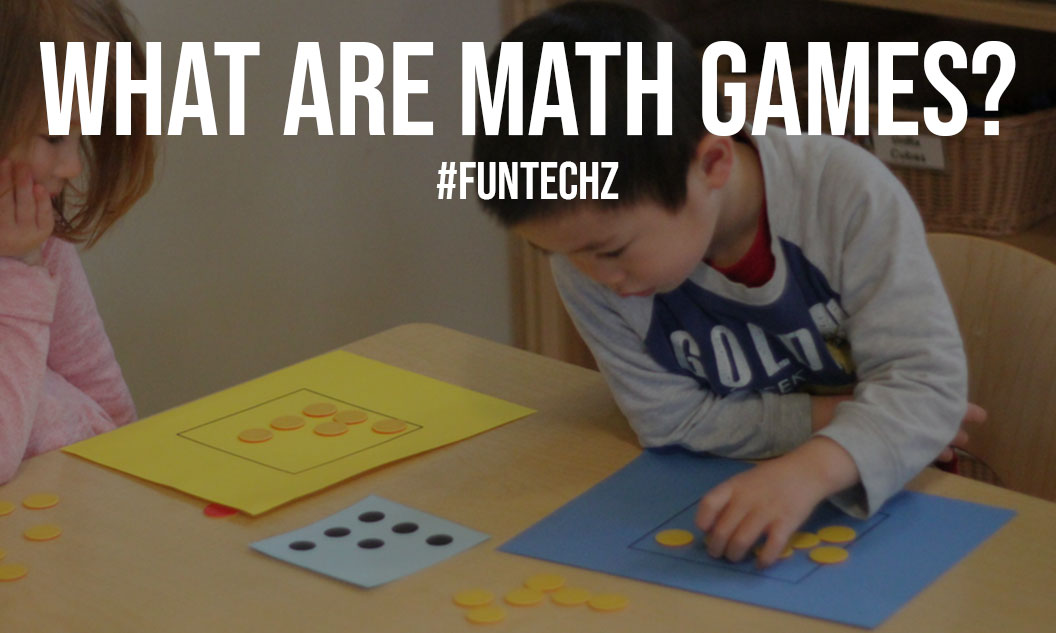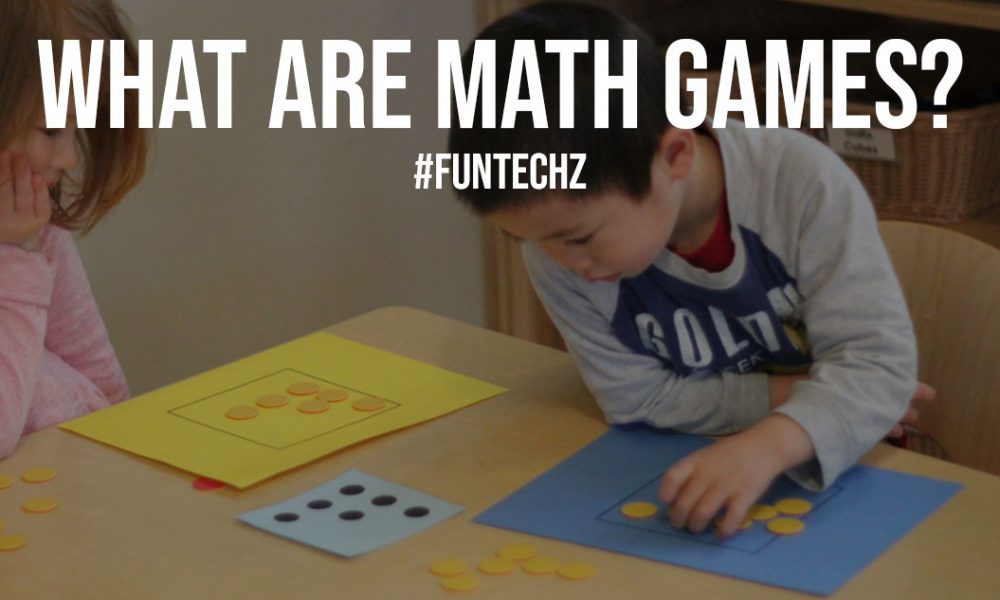Math games are known to be an exciting approach to engage kids who find math dull and tedious. They have a number of advantages. A math game is a game that incorporates a variety of standards and procedures based on mathematical characteristics.
Rules and regulations for math games might be simple or complicated. Math games come in many varieties, such as 2048, sudoku, tic-tac-toe, and so on. This article will go through the numerous sorts of games.

We will also learn about the numerous advantages of playing & learning various mathematics games on a regular basis.
Why are Math Games Important?
Math games aid in the development of pupils’ mental capacities. With the use of these games, many mathematical processes such as addition, subtraction, division, and so on may be simply grasped.
These games help pupils strengthen and expand their problem-solving abilities. We all know that Mathematics might be boring for many students, therefore playing Maths games make a boring topic more engaging.
When students play math games, they improve their analytical and reasoning skills.
Also Read: Math Solver Scanner – Math Problem Solver & Calculator
Different Types of Games & Their Categories
- Game Name – 101 & Out -> This paper and pencil game works great in from class 2-5 classrooms and may be played by groups of kids (such as males vs girls) or in pairs. The things that will be required are as follows – paper, pencil and also dice for playing the game. The goal of the game is to go as near to 101 as possible without going over it or “out.”
- Learners or students require turns (also known as rounds) to roll the dice to play. The number 1 or 10 can be taken by students as they roll. For instance, if a learner rolls a five, they can interpret it as either a five or fifty. As they play, students keep track of their total. This helps the students to develop mathematical strategies.
- The name of the second game is One-Metre Dash -> Play this simple game to enhance measurement perception and knowledge. Students should be divided into small groups and given meter sticks. They then search the room for 2 to 4 things that sum up to one meter in length. The groups measure the objects and note how close their estimates were in a matter of minutes. Do you want a more difficult task? Give them a centimeter instead of a meter and ask them to translate the data to micrometers, millimeters, and other units. This helps the students to build a sense of understanding.
- The third name is Back-to-Back -> Keep in mind to arrange kids with comparable ability levels together. Back-to-Back entails two pupils standing near the blackboard, they should have chalk in their hands, and all the pupils must face away from each other. When a third student yells “numbers up,” each contestant is expected to write a number on the blackboard within that range. The total or multiplication of the 2 numbers is then stated by the third student. A contestant wins by declaring the other’s number first using this information.
If you want to learn more and play the arithmetic games mentioned above, visit the Cuemath website.
Also Read: Best Brain Games for Android Devices
Cuemath Website
Mathematics is a fascinating topic since it deals not only with theoretical knowledge but also with practical applications. However, it is often difficult for a learner to understand the notion, and they eventually develop fear towards it.
Don’t worry, Cuemath is here to assist you. It offers you highly skilled and experienced trainers and introduces you to a whole new atmosphere by offering live sessions & doubt clearing seminars.
As a result, if you love studying math, visit the Cuemath website to learn math in a thorough, engaging, and interactive manner. The concepts are instilled in students’ minds through practice worksheets, math puzzles, arithmetic games, and so on.












